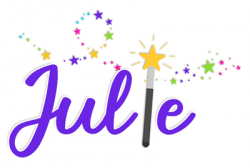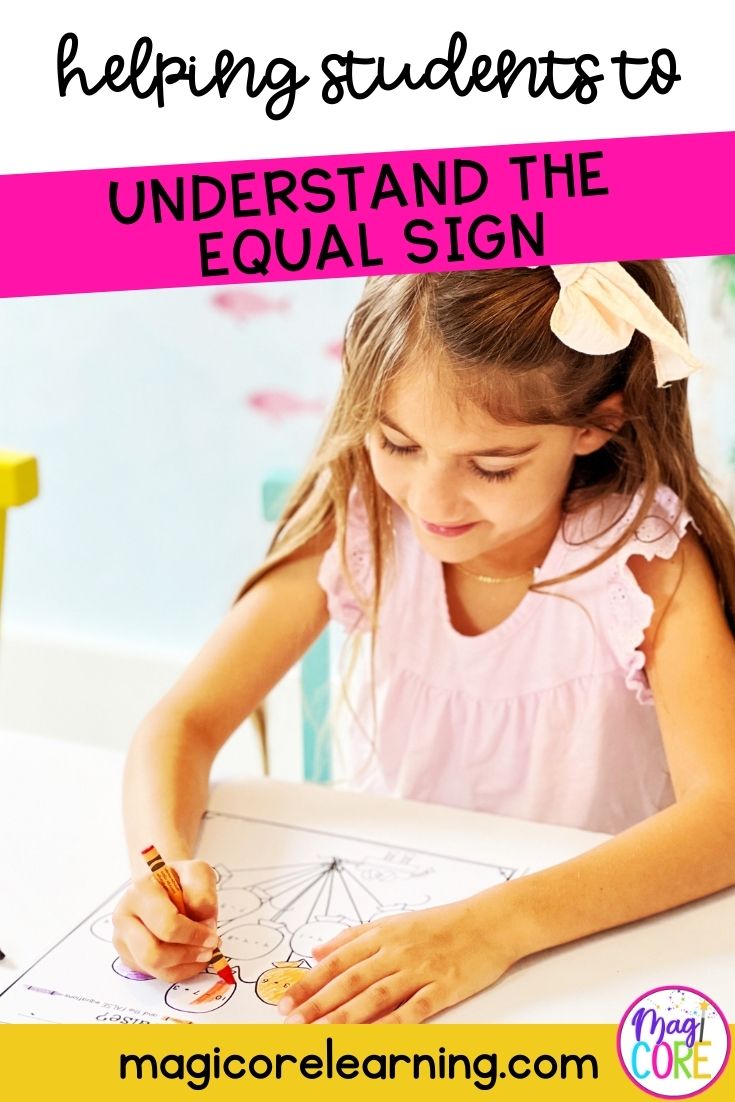Who knew that in all of those years of my school career, the equal sign didn’t just mean that the answer goes on the other side of the equation? That’s what the student side of me thought, but the teacher side of me knows better now. The equal sign actually means that the equation is balanced. I know, I know… we didn’t balance equations until high school algebra, or did we? Maybe we’re just giving students a major head start in today’s world. College and career readiness, here we come! So now that we know the TRUE meaning of the equal sign, how do we teach that to students? Here, I’ve compiled a list of strategies that I’ve used.
I’ve said it before and I’ll say it again…and again…and again. I truly believe you could incorporate reading into every math lesson if you wanted to. The perfect book to introduce at the beginning of this unit is Equal Shmequal by Virginia L Kroll. It’s about a team of animals playing games like tug-of-war and discovering that the teams are unbalanced in certain ways which is why one side wins, leading into the word “equal” and its meaning.
If reading the book is still a little too abstract to gain the meaning of balance or equal, dig through your science things and pull out a scale. Show students that when you have 4 blocks on one side and 4 blocks on the other, the scale is balanced. This easily translates into equations like 4 = 4. Model a few examples using different objects or numbers.
Speaking of equations like 4 = 4… when trying to determine the meaning of the equal sign, start simple with equations like
6 = 6 or 5 = 9. This helps students truly understand the meaning of true and false before they are asked to balance longer equations. This can be done in a variety of ways. You can begin by using manipulatives. You know what that means.. snack time.. um, I mean math time. Try using foods like Cheerios or Froot Loops at first. After using manipulatives, students can then apply their understanding on paper.
I don’t think I’ve really gotten to talk about my love for sorting activities yet, but I LOVE a good sort. Sorts are a good way for students to analyze skills and activities before being asked to directly apply them. I love using them in both reading and in math. This skill is perfect for a sort. Students can sort true or false equations, balanced/not balanced, equal/unequal, etc. You can find more variations of sorts here.
Students always get excited about playing a game. As teachers, we get excited when we can give them fun opportunities to apply their skills. It’s a win-win. Yes, the pun was 100% intended there. Lots of true or false practice is needed with this skill and the True or False game is perfect for it.
The True or False Game is a board game style game where students roll the dice and move that many spaces. If they land on a colored space, they have to draw a card from that color pile and solve.
If you’d like more activities, complete with lesson plans for understanding the equal sign, check out my packet below by visiting my TPT or Magicore Shop! This resource is aligned to standard CCSS 1.OA.D.7 and Florida B.E.S.T. MA.1.AR.2.2.

We strive to create resources that empower teachers and transform student success. We create skill-focused resources that promote critical thinking, enhance student engagement, and incorporate diversity. Our goal is to develop the tools teachers need to reach their students and foster a lifetime of learning.

